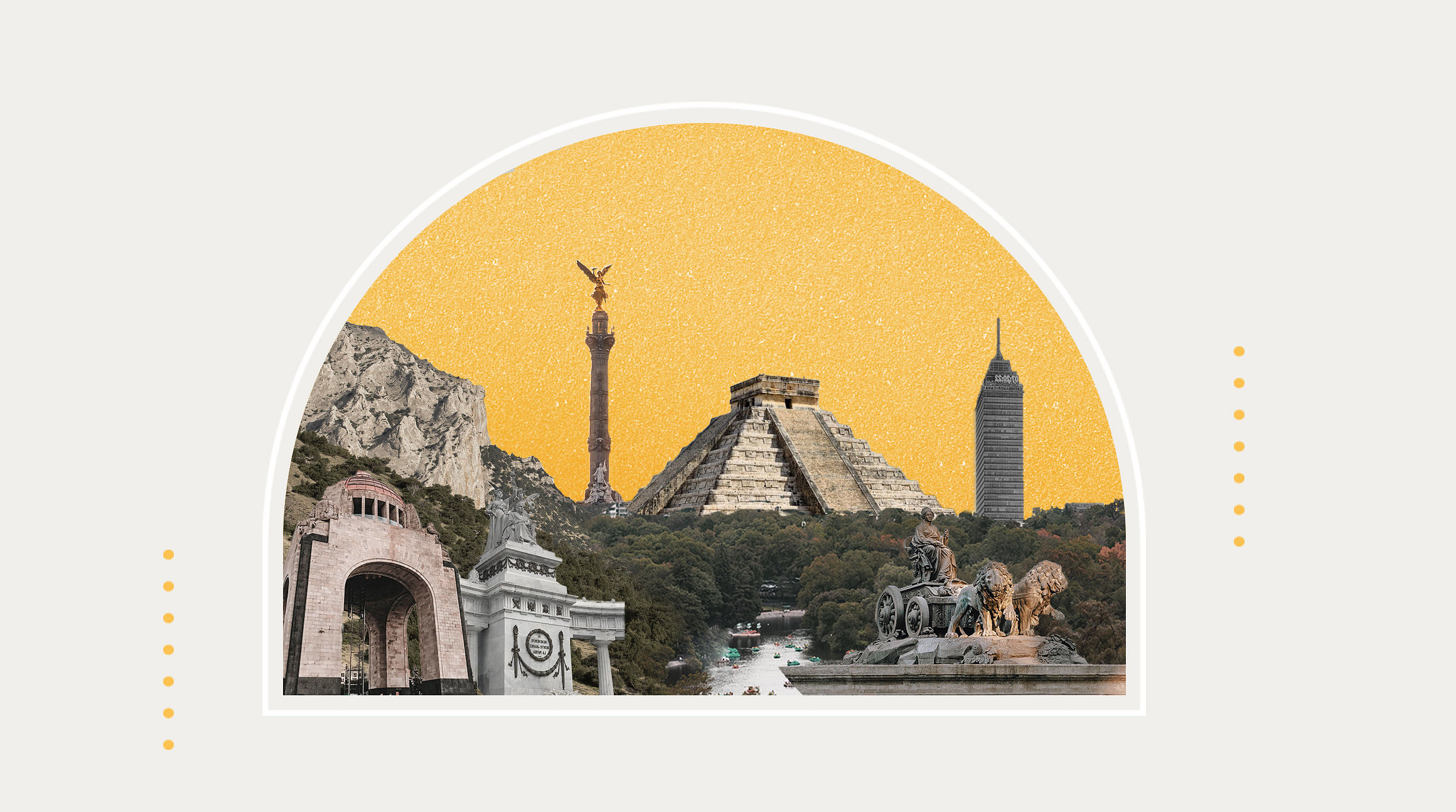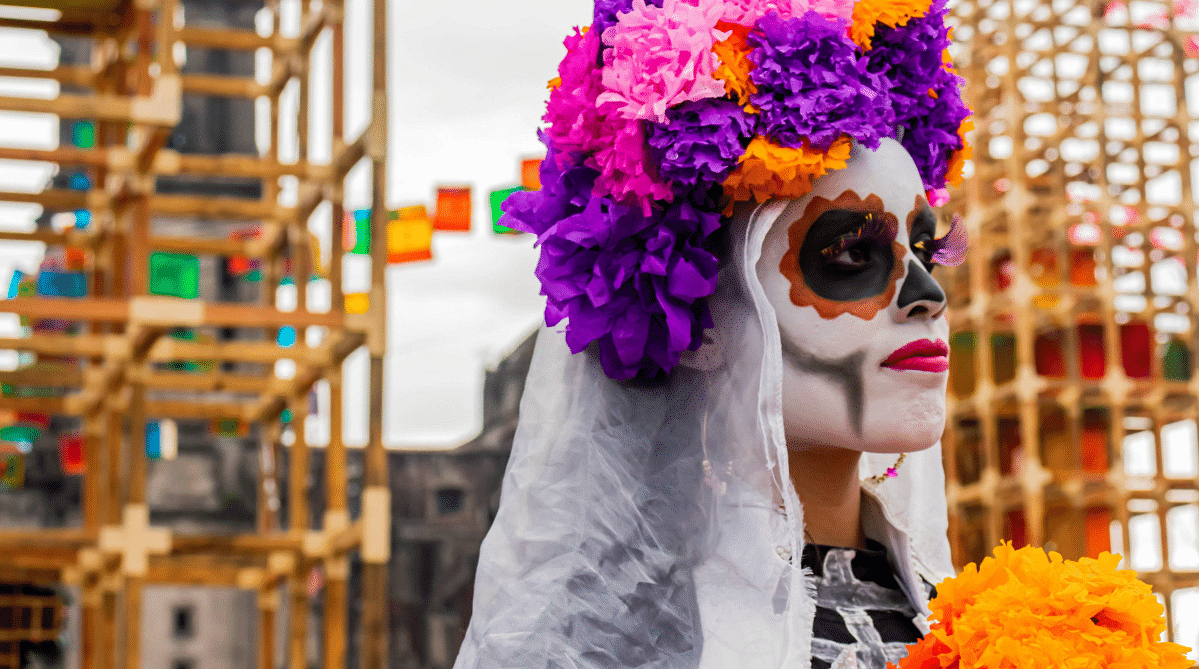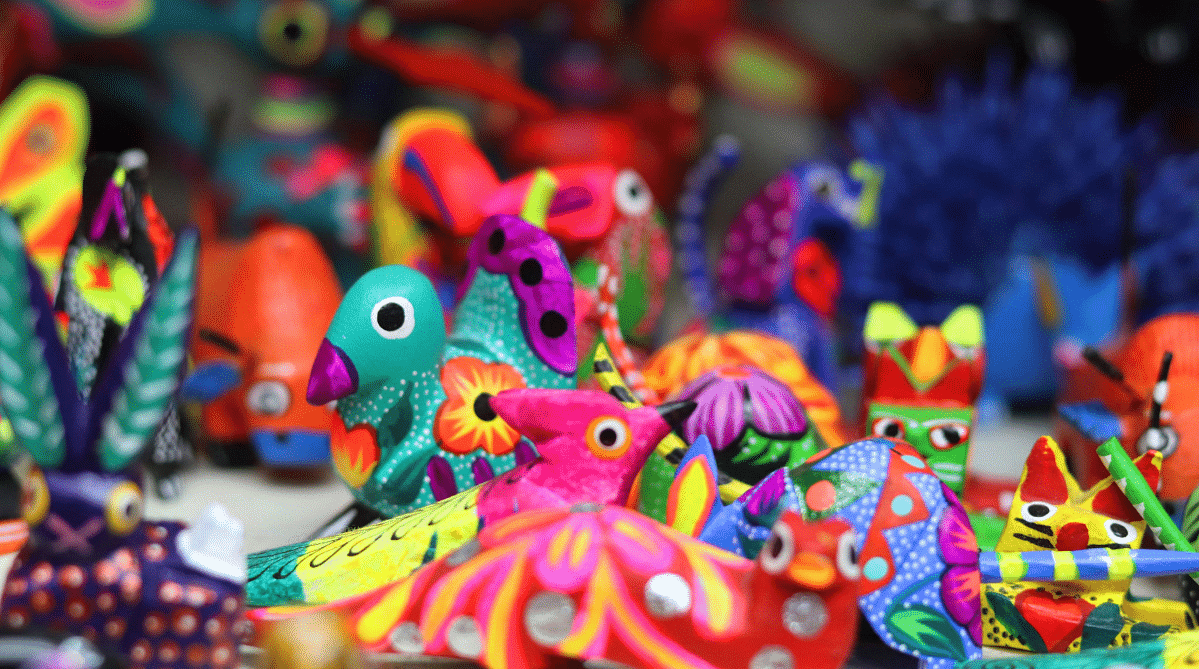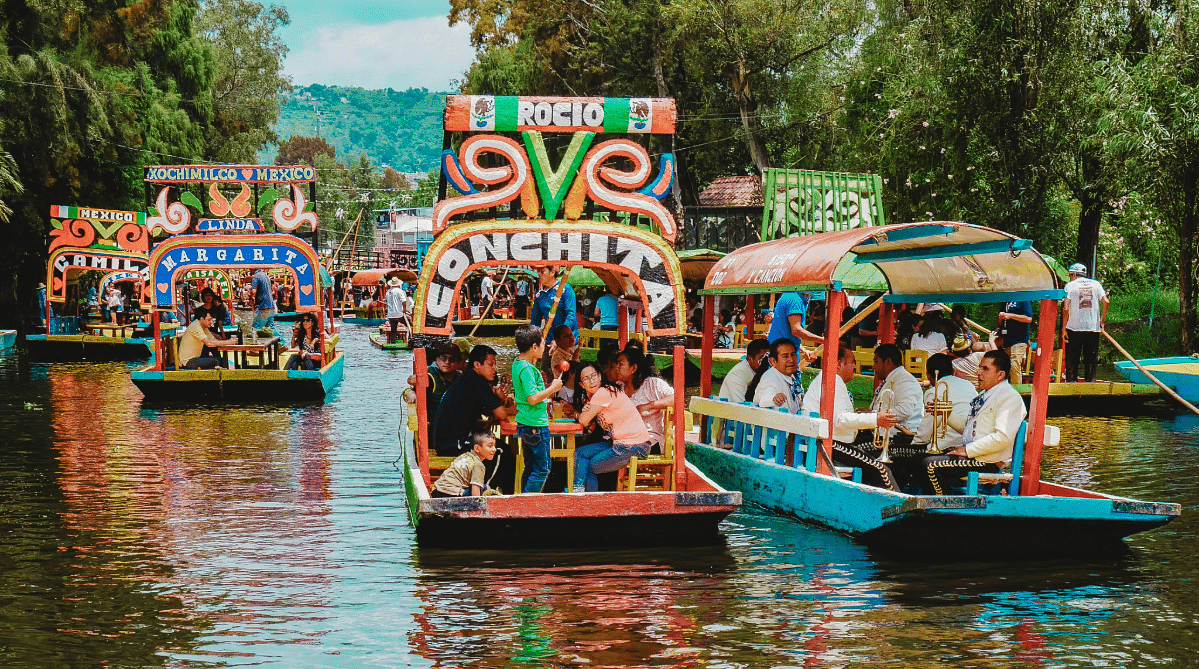
México, a country rich in culture, history, and natural beauty, is a destination that captures the hearts of travelers around the world. From its vibrant traditions to its breathtaking landscapes, México is a treasure trove of fascinating facts that make it a must-visit destination. In this blog post, we'll delve into 20 fun and surprising facts about México that will not only pique your curiosity but also ignite your wanderlust.
1. Méxican Cuisine
Méxican cuisine is on the UNESCO Immaterial World Cultural Heritage list, a recognition that celebrates diverse and time-honored culinary practices, from the ancient art of nixtamalization to contemporary delights like tacos and tamales. Méxican food boasts regional specialties like mole poblano, a rich and complex sauce, and pozole, a hearty soup made with hominy and meat. Don't forget to savor the taste of authentic street food, where you'll find local gems like elote (grilled corn) and tlayudas (Oaxacan-style pizza).
2. Chichén Itzá's Pyramid of Kukulcán
A UNESCO World Heritage Site and one of the New Seven Wonders of the World, Chichén Itzá is home to the Pyramid of Kukulcán, an ancient Mayan temple that showcases astonishing architectural precision. During the spring and fall equinoxes, an illusion occurs as the sun's shadow creates the appearance of a serpent slithering down the pyramid's steps — an awe-inspiring spectacle that draws crowds from around the globe.
3. Monarch Butterfly Biosphere Reserve
Every winter, millions of monarch butterflies embark on an extraordinary journey from North America to the Monarch Butterfly Biosphere Reserve in Michoacán, México. Nestled in the mountains, this sanctuary becomes a kaleidoscope of orange and black as the butterflies cluster in the trees, creating a mesmerizing sight that has become one of México's most remarkable natural wonders.
 Unsplash
Unsplash
4. Day of the Dead
Día de los Muertos, or Day of the Dead, is a unique Mexican holiday that honors deceased loved ones. Celebrated on November 1st and 2nd, families create ofrendas (altars) adorned with photos, candles, and the favorite foods of the departed. Far from a somber occasion, this festival is a lively celebration filled with music, colorful costumes, and joyous remembrance.
5. Underwater Museum (MUSA)
Cancun is not just a paradise for beach lovers; it's also home to the Underwater Museum of Art (MUSA). This unique aquatic art gallery features over 500 sculptures submerged in the crystal-clear waters of the Caribbean Sea. Serving as an artificial reef, MUSA not only provides a mesmerizing experience for divers and snorkelers but also supports marine life conservation efforts.
6. Oaxaca: A UNESCO City of Gastronomy
Oaxaca, often hailed as the culinary capital of México, is not only famous for its delicious food but also recognized as a UNESCO City of Gastronomy. The city's markets, such as Mercado Benito Juarez, offer an array of indigenous ingredients, while traditional dishes like tlayudas and mole showcase the region's culinary excellence.
7. Great Pyramid of Cholula: Larger than Giza?
Hidden beneath a hill, the Great Pyramid of Cholula is often overshadowed by the more famous Egyptian pyramids. However, this ancient structure is the largest pyramid by volume in the world. The Pyramid of Cholula covers an area nearly four times larger than the Great Pyramid of Giza, making it a monumental archaeological site with a rich history.
Related: México Travel Guide: Everything You Need To Know
8. UNESCO-listed Mariachi Music
Mariachi music, characterized by its vibrant rhythms and soul-stirring melodies, is an integral part of Méxican culture. In 2011, UNESCO recognized Mariachi as an Intangible Cultural Heritage, highlighting its significance in preserving the country's musical traditions. Whether serenading couples or entertaining crowds at festive events, Mariachi bands continue to enchant audiences worldwide.
9. Teotihuacán: City of the Gods
Teotihuacán, an ancient Mesoamerican city located near México City, is shrouded in mystery and grandeur. The Pyramid of the Sun and the Pyramid of the Moon dominate the archaeological site, and the Avenue of the Dead connects various temples and residential complexes. The city's layout and the purpose behind its construction remain subjects of scholarly debate, adding an air of intrigue to this UNESCO World Heritage Site.
10. Cenotes: Mystical Underground Pools
México is home to a network of mystical cenotes, natural sinkholes formed by the collapse of limestone bedrock. These hidden underground pools, often surrounded by lush vegetation, were considered sacred by the ancient Mayans. Today, they attract adventurers and nature enthusiasts seeking a refreshing dip in their crystal-clear waters, providing a surreal experience amid the jungle landscape.
11. Tequila
Tequila, México's iconic spirit, is more than just a drink — it's a cultural institution deeply rooted in the country's heritage. Made from the blue agave plant, tequila is produced primarily in the state of Jalisco and surrounding regions. Visitors can tour distilleries to learn about the production process and sample different varieties, from blanco to añejo, while gaining a newfound appreciation for México's most famous export.
12. Pueblos Mágicos
México's Pueblos Mágicos, or Magical Towns, are enchanting destinations that capture the essence of traditional Méxican life. These charming towns (there are 177 of them!) are recognized for their cultural significance, historical importance, and picturesque beauty. From the cobblestone streets of San Miguel de Allende to the colonial architecture of Taxco, each pueblo offers a glimpse into México's past while providing a tranquil escape from the bustling cities.
 Unsplash
Unsplash
13. Alebrijes: Fantastical Folk Art
Alebrijes are whimsical creatures crafted from wood and intricately painted with vibrant colors and intricate patterns. Originating from the imagination of Méxican artisans, these fantastical sculptures have become emblematic of Méxican folk art. Oaxaca is particularly renowned for its alebrijes, with artisans transforming blocks of copal wood into creatures inspired by dreams and mythology.
14. Taxco: The Silver Capital
The colonial town of Taxco, nestled in the mountains of Guerrero, holds the title of México's Silver Capital. Since the Spanish colonial era, Taxco has been renowned for its silver mining and craftsmanship. Today, visitors can explore the town's winding streets lined with silver shops, where artisans continue to create exquisite jewelry and decorative items using traditional techniques.
15. Lucha Libre: The Art of Mexican Wrestling
Lucha Libre, or Méxican wrestling, is a spectacle that blends athleticism, theater, and colorful characters into a captivating form of entertainment. With its roots dating back to the early 20th century, Lucha Libre has evolved into a cultural phenomenon, with masked wrestlers (luchadores) becoming iconic figures in Méxican popular culture. Attending a Lucha Libre match promises an electrifying experience filled with high-flying acrobatics and dramatic showdowns.
16. Frida Kahlo and Diego Rivera: Artistic Icons
Frida Kahlo and Diego Rivera, two of México's most celebrated artists, left an indelible mark on the world of art. Known for her vibrant self-portraits and unapologetic exploration of identity, Frida Kahlo continues to inspire audiences with her bold and introspective works. Meanwhile, Diego Rivera's monumental murals, depicting scenes of Mexican history and culture, adorn public spaces across the country, offering a glimpse into México's artistic heritage.
17. The Silver Lake of Bacalar
Bacalar, often referred to as the "Lagoon of Seven Colors," is a hidden gem tucked away in the southern state of Quintana Roo. This mesmerizing lagoon boasts crystal-clear waters that shimmer in shades of blue, creating a breathtaking spectacle. Visitors can kayak or paddleboard across the lake, explore the surrounding mangroves, or simply relax on the shores and bask in the tranquility of this natural paradise.
 Unsplash
Unsplash
18. México City's Floating Gardens
Xochimilco, a UNESCO World Heritage Site located in the southern suburbs of México City, is famous for its ancient system of floating gardens, known as chinampas. Dating back to pre-Hispanic times, these man-made islands were used for agriculture and transportation, forming the basis of the Aztec capital's economy. Today, visitors can take colorful trajineras (gondola-like boats) through the canals of Xochimilco, immersing themselves in centuries-old traditions amid lush greenery and vibrant flora.
Related: The 20 Best Things To Do in México City
19. Traditional Mexican Textiles
México's rich textile heritage is evident in its intricate weavings, vibrant embroidery, and traditional garments. Each region of México boasts its own distinct textile traditions, with indigenous communities preserving ancient techniques passed down through generations. Whether admiring the intricate huipiles of Oaxaca, the colorful rebozos of Michoacán, or the elaborate costumes worn during festivals and ceremonies, Méxican textiles offer a window into the country's diverse cultural landscape.
20. Volcán de Paricutín: Nature's Fury
Volcán de Paricutín, located in the state of Michoacán, is one of the world's most remarkable natural wonders. This volcano emerged suddenly in 1943, transforming a once-tranquil cornfield into a fiery spectacle of molten lava and ash. Today, the remnants of Paricutín serve as a testament to the raw power of nature, attracting adventurers and scientists alike to witness the ongoing process of geological evolution.
Are you planning a trip to México? Stay connected with a México eSIM from Airalo.


